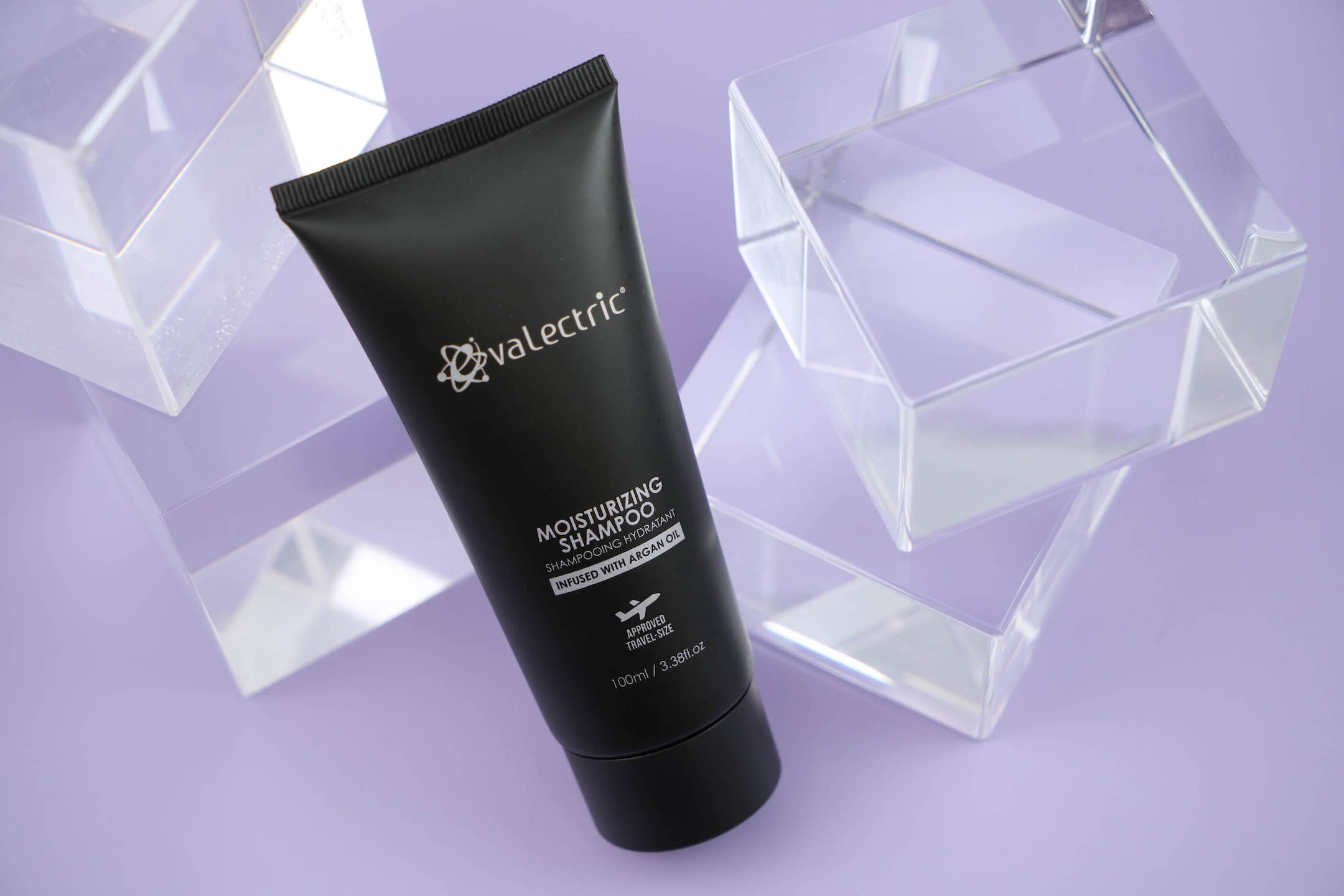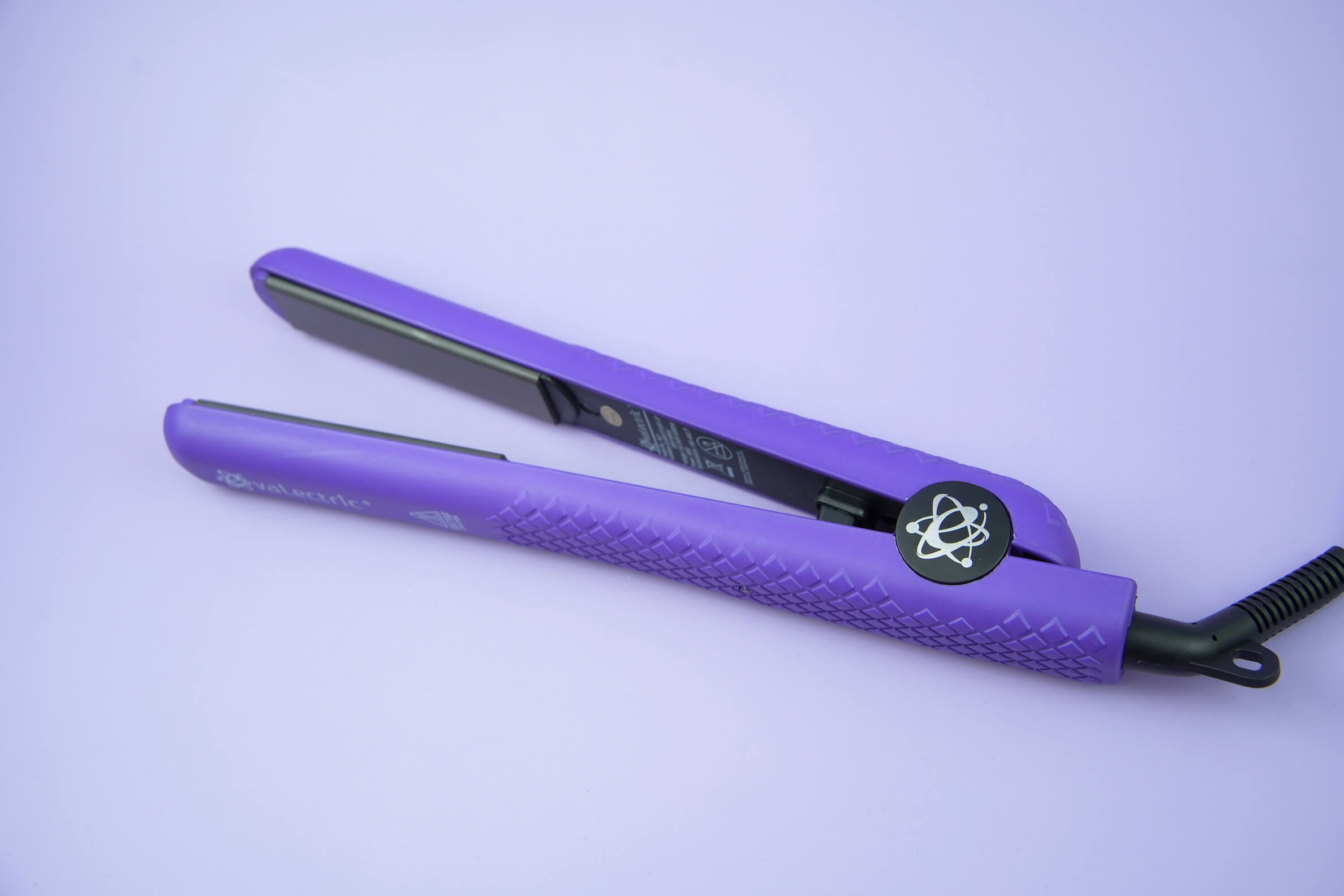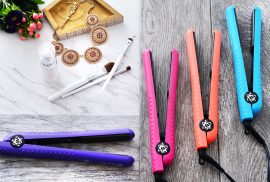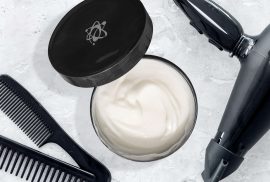Safe Techniques for Detangling Your Hair

Theoretically, detangling hair should be a simple enough process. All you’re doing is working through those knots to release your individual strands.
In reality, however, things aren’t quite so easy. Use the wrong detangling methods and you run the risk of causing a large amount of damage to your hair, resulting in brittle and easily breakable strands.
If you want to keep your hair tangle-free without causing any harm, read on as Evalectric shares some safe techniques and tips for detangling hair!
Use Your Fingers Before Turning to a Comb
Usually, when people attempt to detangle hair, they immediately reach for a comb or a detangling tool to help with this. There’s no denying that these tools can be incredibly useful. However, run one through a big knot and you’ll likely only end up breaking your strands in order for the comb to make it through.
This is why your fingers should always be your first point of call when detangling. Run your fingers through your hair and separate your hair into sections. Then, feel for any knots and unravel these as much as possible with your fingers. You may not be able to fully detangle in this way but you’ll likely still make a big difference. Then, when it comes to using a comb, your job will be much easier and you won’t run the risk of causing quite as much breakage.
Start From the Bottom
Since most people usually brush their hair from top to bottom, this can seem like the natural course to take when detangling too. However, if you do this, each time you encounter a tangle, you’ll only end up tugging your hairs at their roots. The more this happens, the weaker your strands will get. In the end, this will leave you more susceptible to breakages and hair loss.
Instead, always start detangling hair from the bottom. Work with the lowest few inches, using your fingers or a comb to remove any knots while holding that section with your other hand to release any pressure placed on your scalp. Then, move up slightly and do the same, until you’ve made it to the top of your head. Not only is this technique much safer but it will also cause less pain too!
Spritz Any Knots With Water or a Detangling Spray
While it’s true that wet hair is more fragile than dry hair, detangling is always much easier when the hair is wet. The moisture gives it more lubrication, enabling your strands to slide out of any knots without quite as much friction.
This means, ideally, detangling in the shower when you wash your hair, which we’ll soon discuss. However, if you’re not able to do that, your next best bet would be to spritz any knots with water or a detangling spray. The latter will be particularly beneficial in reducing tension between your strands.
Detangle With a Conditioner

While moisture is great for making detangling easier, conditioners are even better. A conditioner will provide so much more lubrication, enabling you to detangle without damaging your strands or your scalp.
The key to making the most of this is to start off with a conditioner. Ideally, you need one that contains an oil of some sort since oils give the hair plenty of slip. Plus, an oil-infused conditioner will help to keep your hair feeling silkier, even after it has dried. This will prevent new tangles from forming in the future.
This is something that the Evalectric Moisturizing Conditioner does beautifully. This formula is infused with argan oil, an ingredient that’s loved by hair care experts all over the world. Why? Because argan oil is loaded with hair-loving nutrients. It leaves the hair looking shinier while reducing the look of frizz. It has also been proven to keep the hair feeling better protected against environmental damage. Of course, it makes detangling hair easier too!
Once you’ve applied a conditioner to your locks, give it a few minutes to soak in before you start detangling. This will make your hair even easier to work with!
Take Your Time
Detangling hair is never a fun job. The fact that it isn’t very enjoyable means that it’s often a task that people try to rush through. If you can relate, then you’re probably familiar with how painful this can be, as well as how many hairs you lose in the process!
This is why it’s so important to take your time when detangling your mane. If your hair is curly and naturally prone to tangles, set aside 10-15 minutes for this so that you can work gently and meticulously.
Preventing Tangles From Forming in the First Place
Tired of having to dedicate so much time to detangling hair? Here are some tips to help you prevent those tangles from forming in the first place:
Don’t Shampoo Your Hair Too Often

Many believe that the more often they shampoo their hair, the healthier it will be. Therefore, tangles are less likely to form, right?
Wrong. Truth is, if you wash your hair too often, you’ll only end up drying it out. This then creates more friction each time your strands rub against each other, making them more likely to tangle and mat.
Try cutting back on how often you shampoo your hair to see if that helps with reducing tangles. When you do use a shampoo, make sure that it’s a gentle and moisturizing formula, just like the Evalectric Moisturizing Shampoo. Focus the shampoo on your scalp, rather than the ends of your hair. The ends are naturally more prone to dryness and directly shampooing them will only make this worse. Instead, the runoff from the shampoo you apply to your scalp will be sufficient to keep the ends clean.
Trim Your Hair Regularly
As you can imagine, the more frayed the ends of your hair are, the more likely they are to tangle. This is why it’s so important to have regular trims to remove split ends and keep your hair as single strands.
Not only will this help with preventing tangles but it will also refresh the look of your hair. Regular trims will give your mane a much healthier finish!
Be Careful When Towel Drying Wet Hair
When it comes to preventing tangles, being gentle with your locks is crucial. However, when it comes to towel drying wet hair, people tend to forget this! They vigorously scrub at their scalp and strands in an attempt to rub away moisture as quickly as possible.
Unfortunately, although this may help to dry your hair, roughing it up in this way will only contribute to further tangles. You’ll be creating friction while encouraging your strands to interlock. You’ll also be rubbing untangled strands against any knots that you already have, which will only cause them to get bigger and thicker.
What should you do instead? Gently squeeze your hair with a towel to release excess moisture. Do this in sections – go with small sections if your hair is very thick. A microfiber towel will be much more effective at this than a regular terrycloth towel due to how highly absorbent microfiber is.
Avoid Tangles While You Sleep
Do you often wake up with tangles in the morning?
This could be down to a few different reasons. The first is how often you toss and turn. Just like when roughly towel drying your hair, frequently rubbing your hair back and forth against your pillow will encourage knots to form.
Of course, changing how you sleep isn’t a simple task but this problem can be solved by switching to silk or satin pillowcases. These materials are exceptionally smooth. Rather than creating friction when rubbing against them, your strands will instead glide over the top. This will make those morning tangles far less likely!
Another game-changer can be to braid your hair before going to bed. This will keep all of your strands in one place, preventing them from catching onto each other whenever you move in bed.
Shield Your Hair From the Wind
The wind can quickly cause even the sleekest of manes to turn into a tangled mess. The more your hair is exposed to wind, the worse your tangles will be. After all, not only does wind physically knot your hair but it also dries the hair out. This leaves you more susceptible to friction and tangles.
How can you protect your hair from the wind? Again, a protective hairstyle, like a braid, can really help. Buns are great too as they also reduce a lot of movement in the hair, which will prevent your strands from tangling.
Wearing a hat or tying a scarf around your hair can also provide shelter on a windy day. This way, your hat or scarf will take the brute force of the wind, leaving your hair intact.
Use a Low to Medium Temperature When Heat Styling

If you want to avoid tangles, then this means keeping your hair as hydrated and moisturized as possible. As a result, you’ll need to prevent damage, and heat is something that can cause a huge amount of this.
This doesn’t mean that you need to completely stop heat styling your hair. In fact, straightening curly hair can sometimes go a long way to prevent tangles! Instead, turn your heated styling tools down to a lower temperature setting when using them, rather than automatically cranking that dial up.
If your heated styling tool of choice doesn’t allow you to do this, it’s time to upgrade to one that does. Most of the styling tools from Evalectric, such as the Classic Styler hair straightener range, come with an adjustable temperature feature.
Summary
It’s important to stay on top of any tangles that may form in your hair. As you’re probably aware, ignoring them will only mean that any knots are so much worse once you do finally get around to dealing with them!
However, keep the tips and techniques above in mind and not only will detangling hair feel so much easier and less stressful, but you’ll also be well-equipped to prevent new tangles from forming in the future!
Click here to shop for more bestselling hair products from Evalectric.






